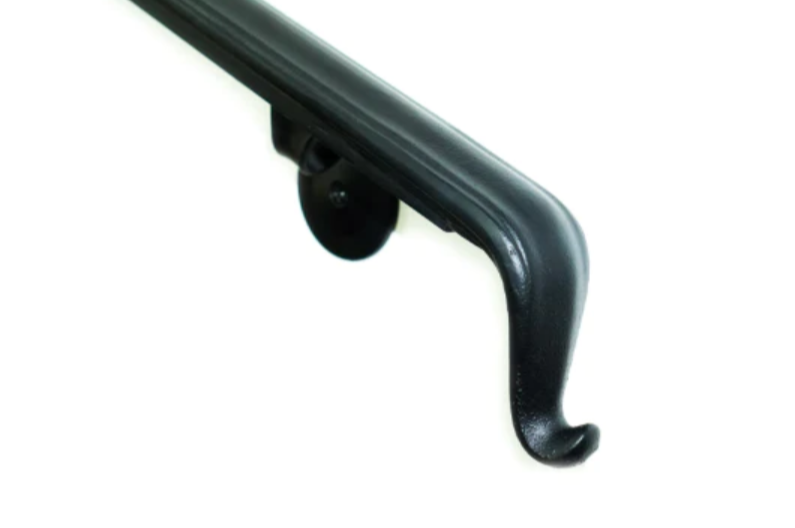
In the world of architectural design, few materials carry the aura of timeless elegance quite like wrought iron. Renowned for its intricate patterns, durability, and artistic flair, wrought iron has adorned structures for centuries. One of its most cherished applications is in the creation of handrails. In this blog, we embark on a journey through the history, craftsmanship, and enduring charm of the wrought iron handrail, exploring their significance in both aesthetic and functional aspects of architecture.
A Glimpse into History
Wrought iron, derived from the Old English term "wyrht," meaning "worked," dates back to ancient civilizations. It gained prominence during the Medieval and Renaissance eras, adorning grand castles, cathedrals, and manors. The artistry of wrought iron was not only limited to its strength but also its malleability, allowing artisans to shape intricate designs that stood as testaments to human ingenuity.
The Artistry of Wrought Iron Handrails
Intricate Designs: Wrought iron handrails are renowned for their ornate and elaborate patterns. From delicate scrolls to geometric shapes, each handrail is a canvas where skilled artisans infuse their creativity.
Customization: One of the greatest appeals of wrought iron handrails is their customizability. Architects and homeowners can collaborate with artisans to bring their vision to life, resulting in unique handrails that reflect the personality of the space.
Aesthetic Value: Wrought iron handrails contribute significantly to a structure's aesthetic value. Whether gracing a historical building or adding character to a modern home, these handrails evoke a sense of sophistication and timelessness.
Strength and Durability
Wrought iron's inherent strength is a hallmark of its appeal. Handrails crafted from wrought iron provide not only visual elegance but also a sturdy support system. Their durability withstands the test of time and the elements, making them a reliable choice for both indoor and outdoor applications.
The Modern Renaissance of Wrought Iron Handrails
While wrought iron handrails have their roots in history, they have experienced a resurgence in modern architecture. Designers and homeowners alike appreciate the juxtaposition of classic charm within contemporary spaces. Wrought iron handrails seamlessly blend tradition with innovation, creating a captivating balance.
Care and Maintenance
Maintaining the beauty and longevity of wrought iron handrails requires proper care. Regular cleaning, rust prevention, and protective coatings are essential to ensure that these handrails continue to shine for generations to come.
Choosing Wrought Iron Handrails
Architectural Harmony: Wrought iron handrails beautifully complement a wide range of architectural styles, from vintage to modern, adding a touch of sophistication that elevates the overall design.
Custom Collaboration: Collaborating with skilled artisans allows for personalized designs that align with the architectural vision. The ability to customize wrought iron handrails fosters a sense of ownership and connection.
Enhanced Safety: Beyond their aesthetic appeal, wrought iron handrails provide a secure grip, promoting safety and ease of movement along staircases.
Wrought iron handrails stand as a testament to the fusion of art and function. Optimum Works intricate designs, historical significance, and enduring strength continue to captivate the hearts of architects, homeowners, and admirers of fine craftsmanship. As we journey through time, these handrails remind us that the marriage of form and function is a hallmark of architectural brilliance, and the allure of wrought iron endures as an embodiment of this timeless harmony.


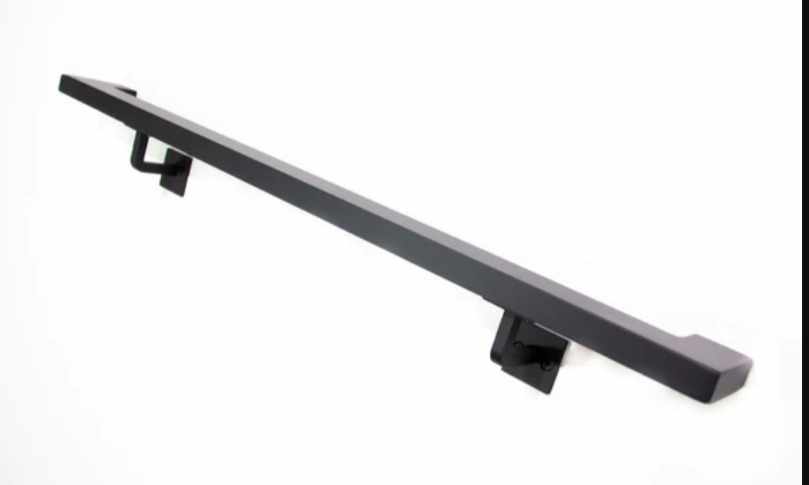
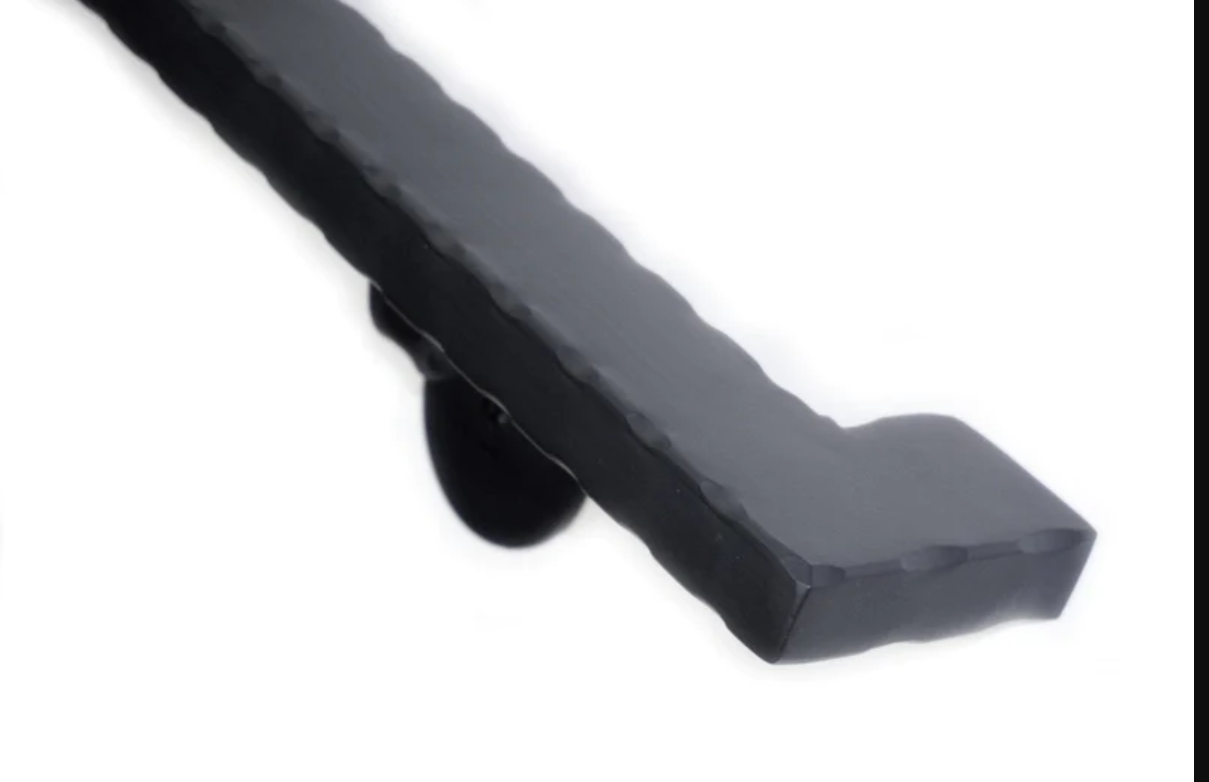
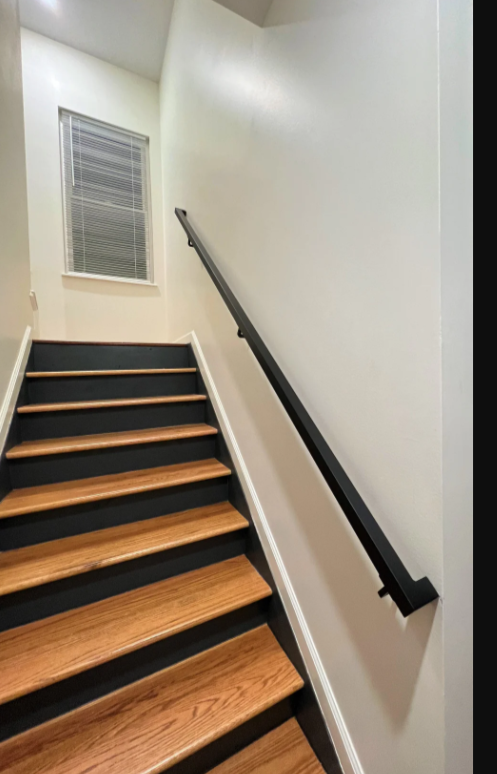
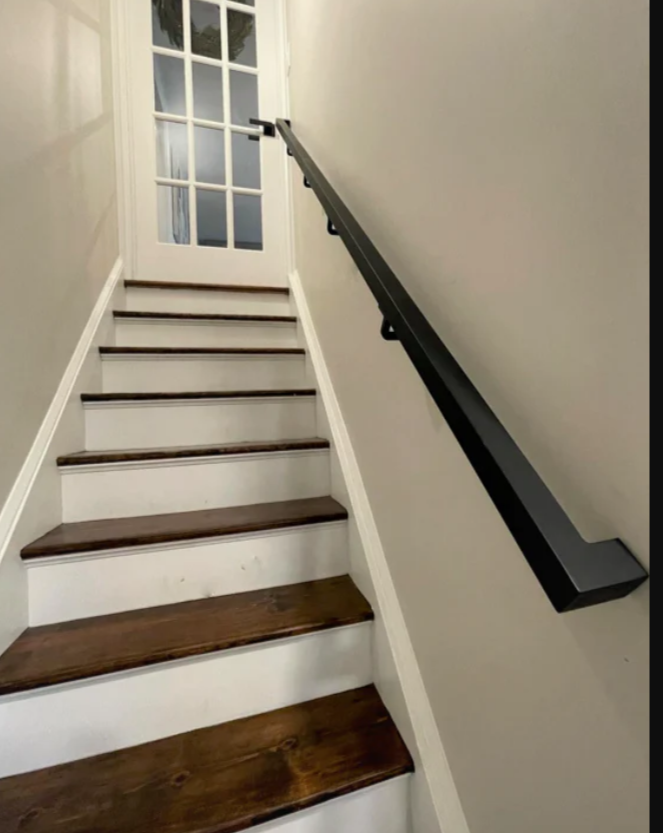
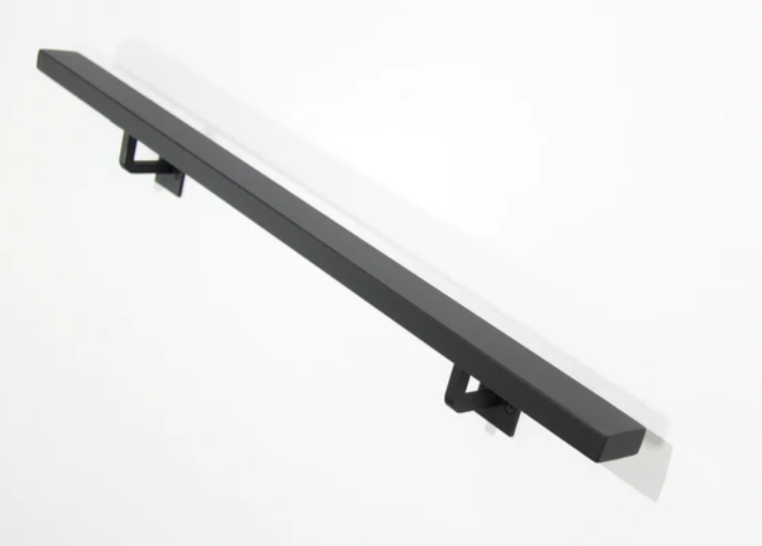
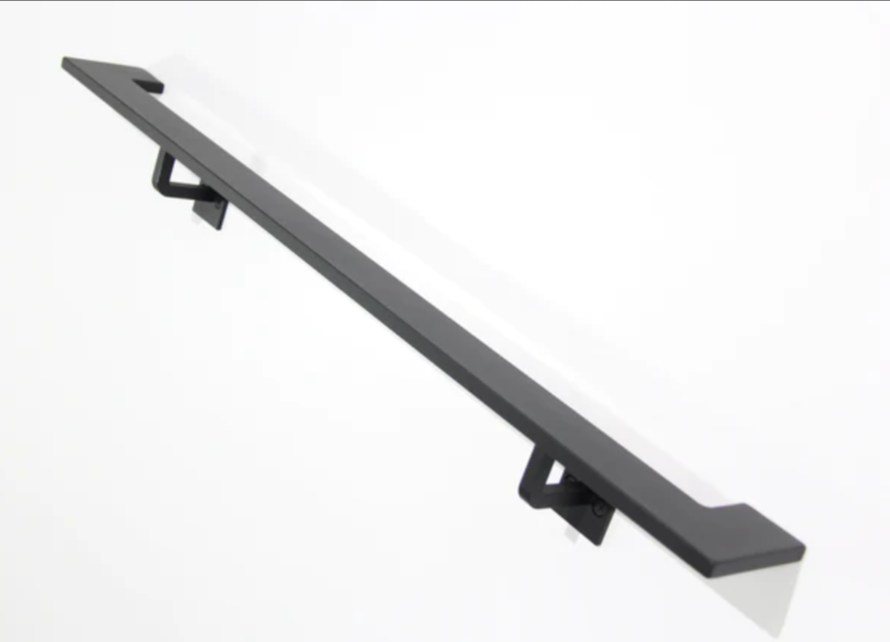
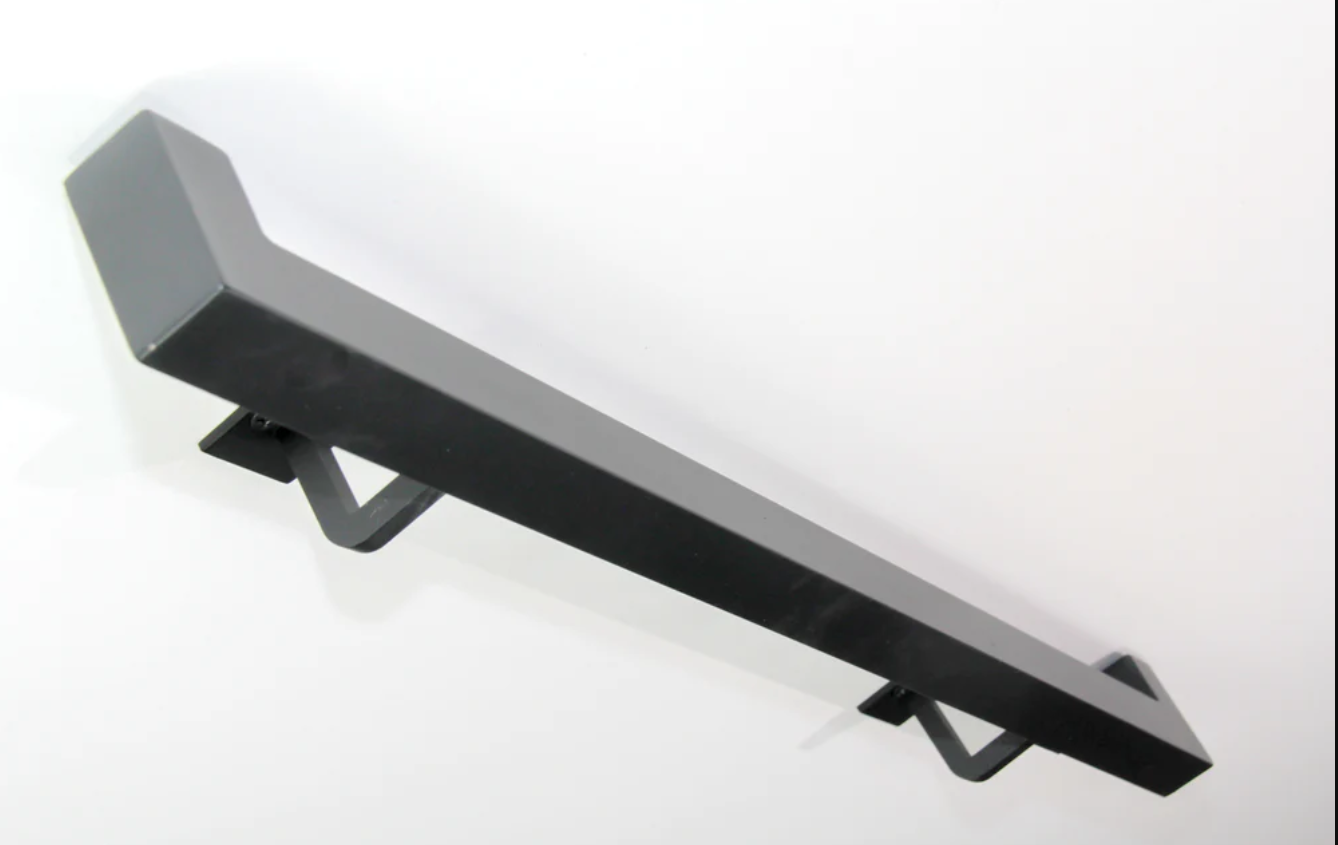
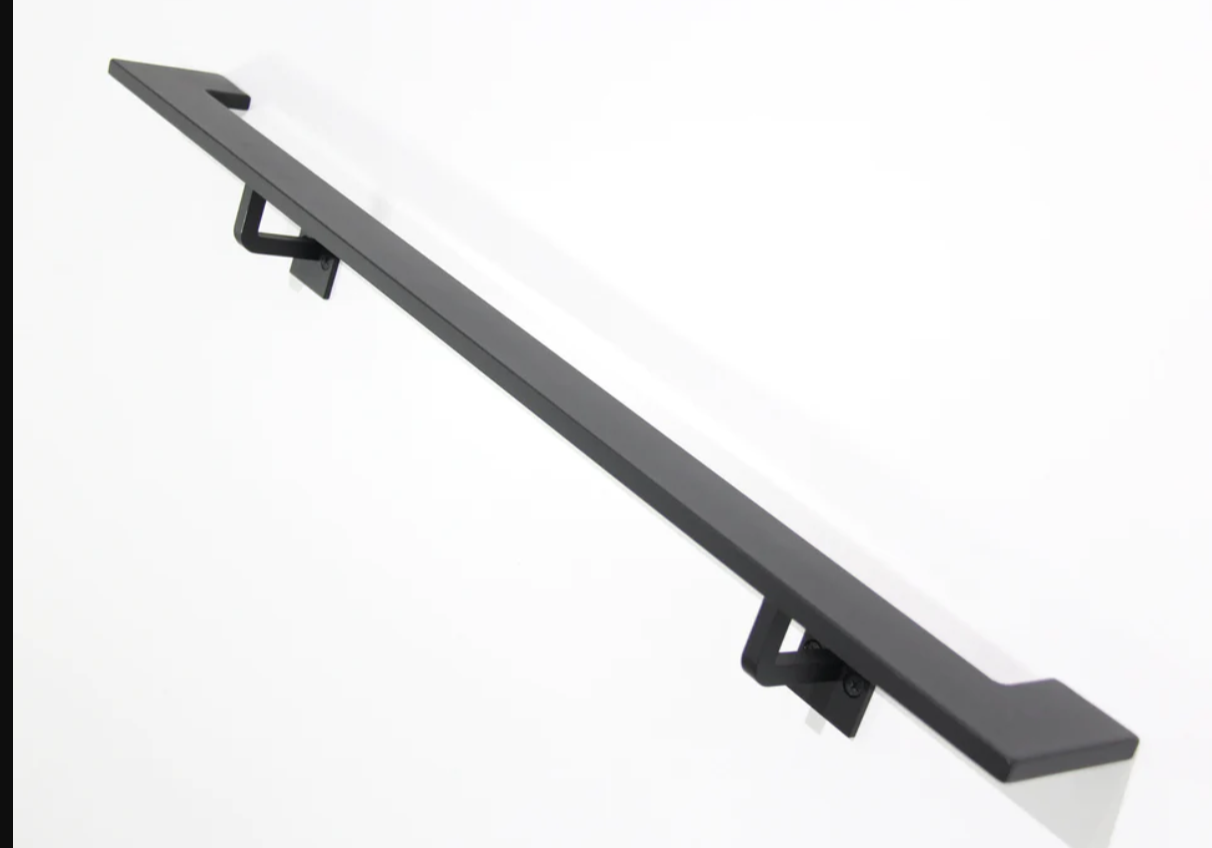
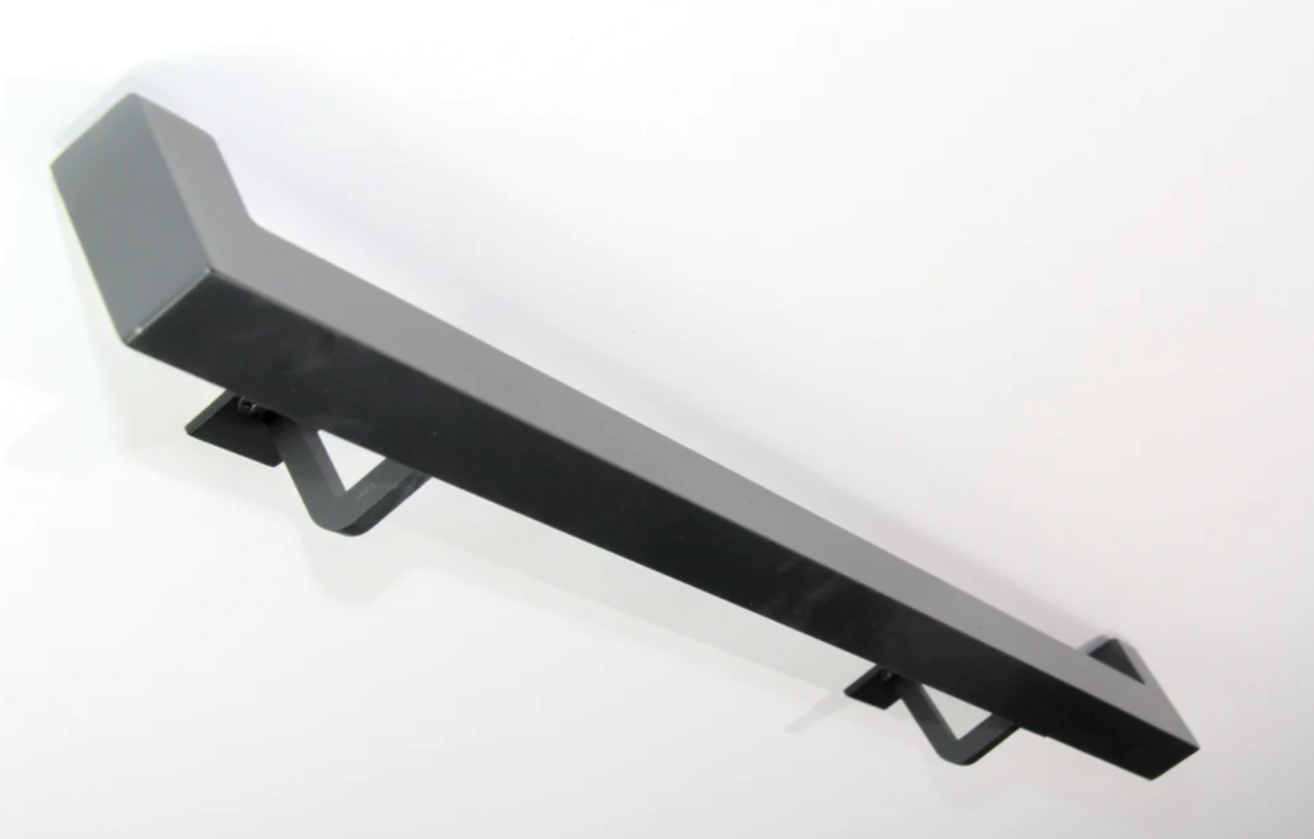
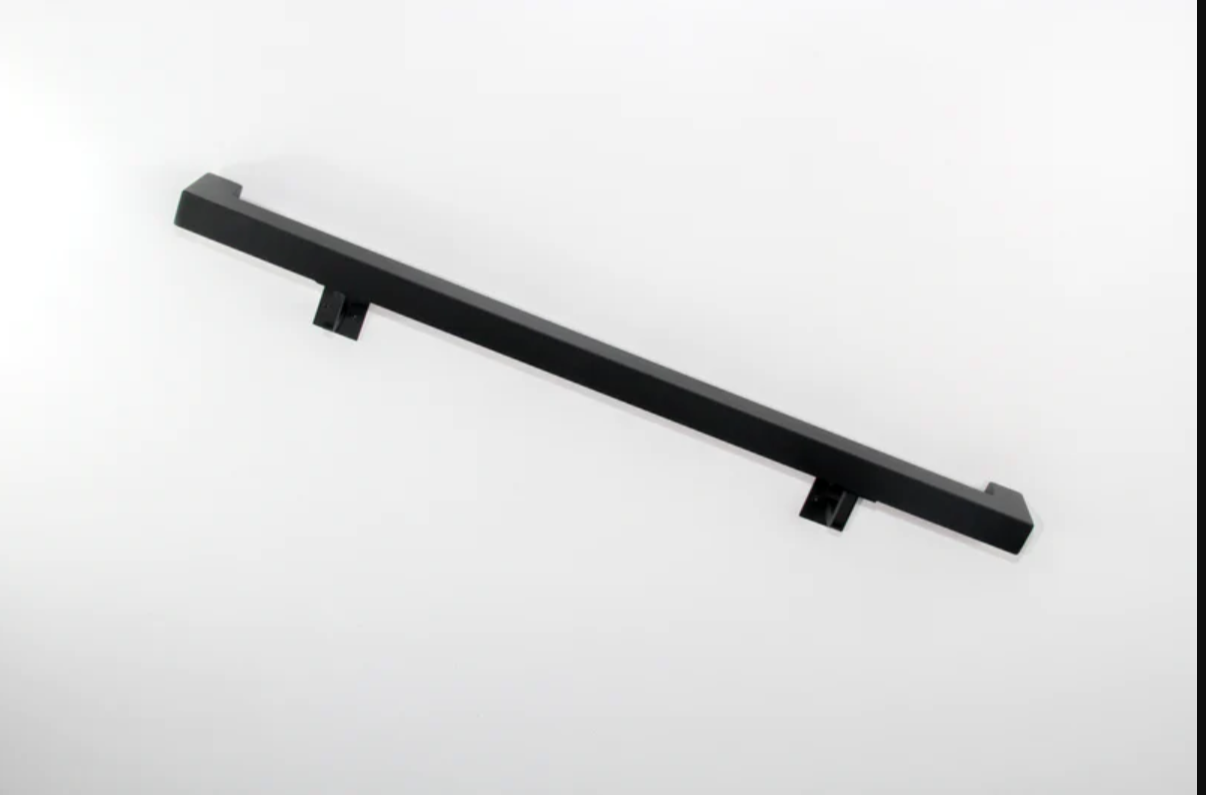
Write a comment ...